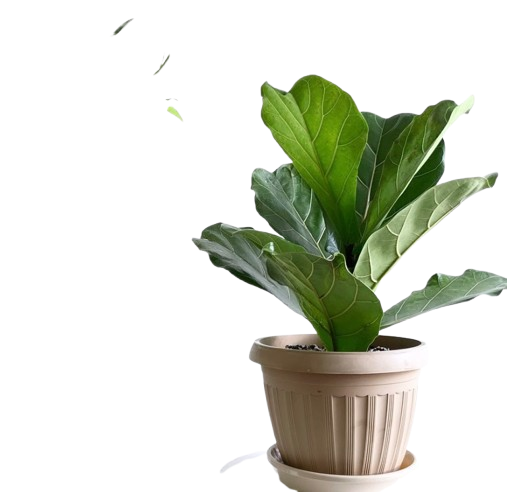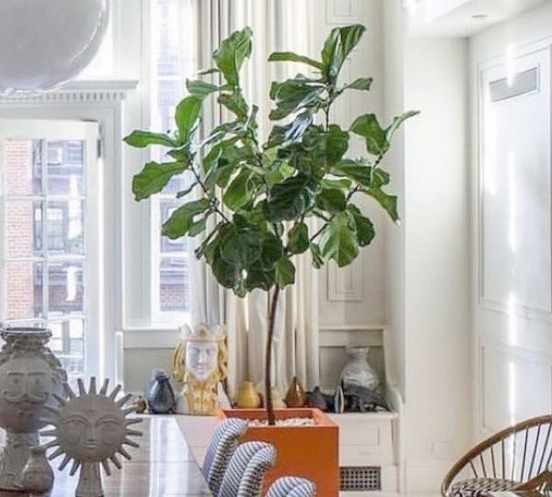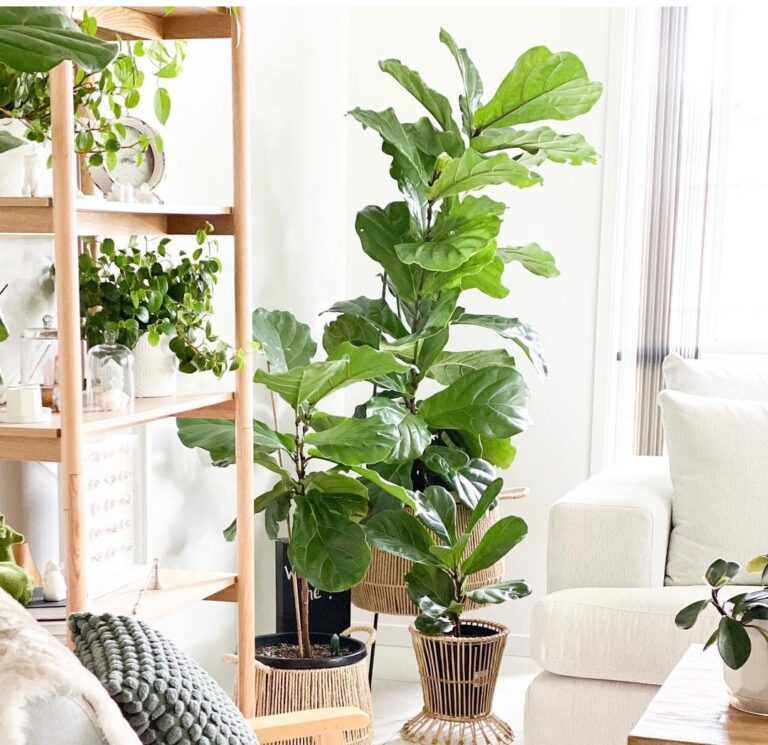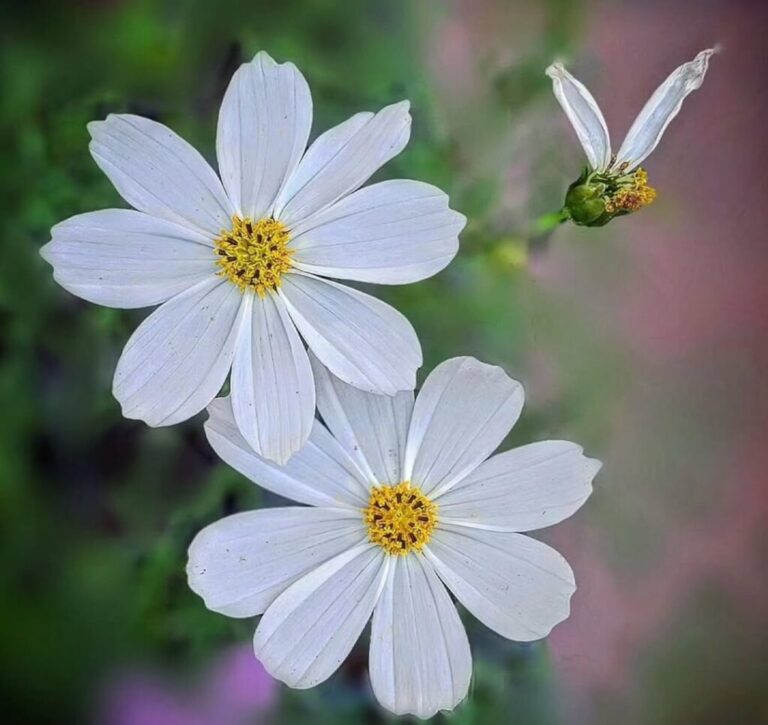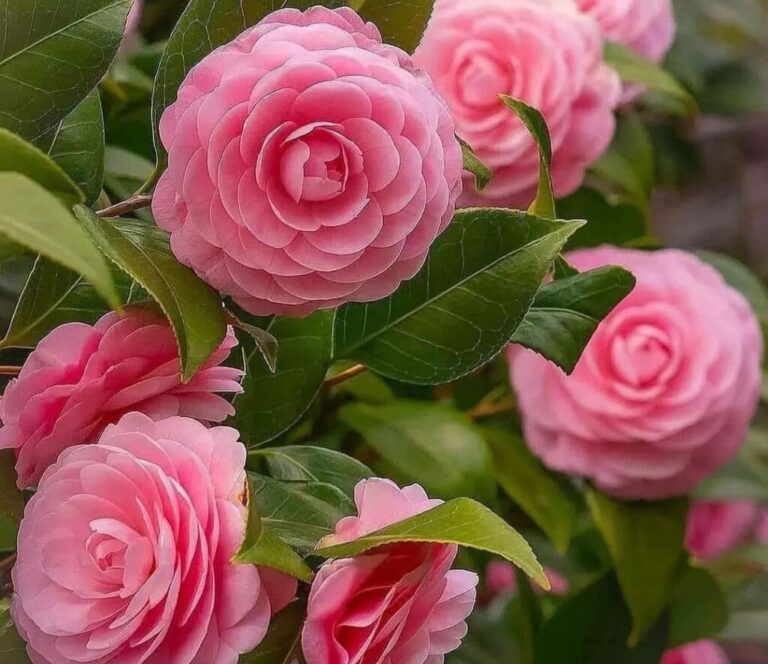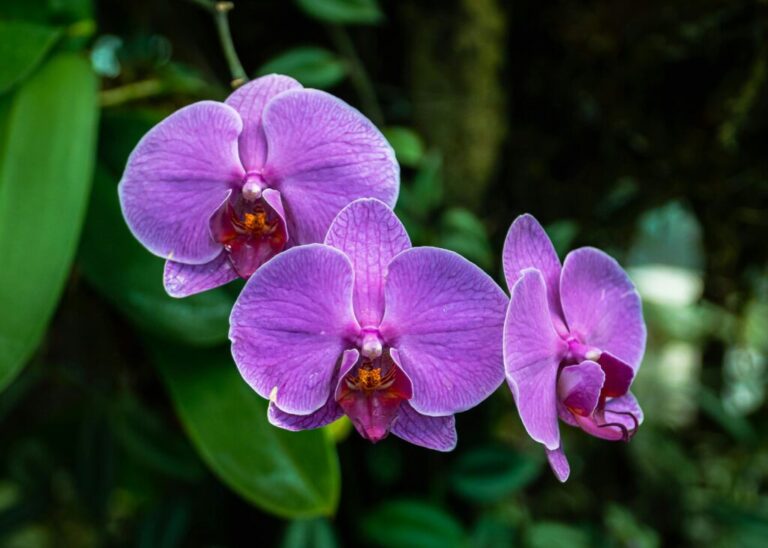- 1 Fiddle Leaf Fig Indoors:
- 2 1. Overwatering
- 3 2. Underwatering
- 4 3. Low Humidity
- 5 4. Poor Drainage
- 6 5. Sudden Temperature Changes
- 7 6. Not Enough Light
- 8 7. Too Much Direct Sunlight
- 9 8. Neglecting Leaf Cleaning
- 10 9. Repotting Too Often (or Never)
- 11 10. Fertilizing Too Much or Too Little
- 12 FAQS
The fiddle leaf fig (Ficus lyrata) is a stunning statement plant that adds a touch of elegance to any indoor space. With its large, glossy leaves and striking upright growth, it’s no wonder this plant has taken the world of indoor gardening by storm. However, despite its beauty, the fiddle leaf fig is notorious for being finicky. If you’re struggling to keep yours happy, you might be making one of these common mistakes! In this guide, we’ll explore 10 things your fiddle leaf fig absolutely hates—and how to fix them before they ruin your plant. Let’s dive in!
Fiddle Leaf Fig Indoors:

Fiddle Leaf Fig (Ficus lyrata)
| Category | Details |
|---|---|
| Scientific Name | Ficus lyrata |
| Common Name | Fiddle Leaf Fig |
| Plant Type | Evergreen tree |
| Native Region | Western Africa |
| Mature Size | 6–10 feet (indoors), up to 50 feet (outdoors) |
| Light | Bright, indirect light; can tolerate some direct sun |
| Watering | Water when top 1–2 inches of soil is dry |
| Humidity | Prefers 50–65% humidity |
| Temperature | 65–75°F (18–24°C); avoid cold drafts |
| Soil | Well-draining, loamy soil (peat-based mix) |
| Fertilizing | Every 4 weeks in spring & summer with a balanced liquid fertilizer |
| Repotting | Every 2–3 years or when root-bound |
| Pruning | As needed to shape and remove damaged leaves |
| Propagation | Stem cuttings in water or soil |
| Toxicity | Toxic to pets and humans if ingested |
1. Overwatering
The Root Rot Risk
One of the most common reasons fiddle leaf figs suffer is overwatering. Their roots are sensitive to excess moisture, and soggy soil can quickly lead to root rot. If your leaves are turning yellow or dropping, overwatering might be the culprit. Overwatering not only suffocates the roots but also creates an environment where harmful fungi and bacteria can thrive, accelerating root decay. Additionally, prolonged exposure to wet soil prevents oxygen from reaching the roots, further compromising the plant’s health.
✔ Fix: Allow the top 2 inches of soil to dry out before watering. Stick your finger into the soil—if it’s still damp, wait a few more days. Also, make sure your pot has drainage holes to prevent water from pooling. Choosing a well-draining soil mix with perlite and pine bark can also enhance drainage and aeration, reducing the likelihood of waterlogging.
2. Underwatering
Thirsty Leaves?
Conversely, underwatering can be equally dangerous.If your fiddle leaf fig’s leaves are curling, developing brown edges, or looking dull, it’s likely too dry. When deprived of adequate moisture, the plant conserves water by restricting nutrient flow, leading to wilting and leaf damage. Extended dry periods can cause irreversible damage, making leaves crispy and brittle.
✔ Fix: Establish a consistent watering routine. Water thoroughly until you see excess water draining out of the bottom, but never let it sit in stagnant water. Consider using a moisture meter to avoid guesswork, ensuring that your fiddle leaf fig gets just the right amount of hydration.
3. Low Humidity
Dry Air, Sad Leaves
Fiddle leaf figs originate from tropical regions where humidity levels are high. If the air in your home is too dry, you may notice crispy edges or brown spots on your leaves. Dry air can cause excessive transpiration, leading to dehydration and stress. Low humidity can also make the plant more susceptible to pests such as spider mites, which thrive in dry conditions.
✔ Fix: Increase humidity by using a humidifier, grouping plants together, or occasionally misting the leaves. A humidity level of 40-60% is ideal. Placing a pebble tray with water underneath the pot can also help maintain moisture around the plant without overwatering it.
4. Poor Drainage
Suffocating Roots
Even if you’re watering correctly, poor drainage can still cause problems. Without proper aeration, the roots can become compacted and suffocate. When excess water cannot escape, roots begin to rot, and the plant struggles to absorb essential nutrients.
✔ Fix: Use a well-draining soil mix (a blend of potting soil, perlite, and pine bark works well). Also, always plant your fiddle leaf fig in a pot with drainage holes. If your pot does not drain well, consider repotting in a breathable material such as terracotta, which allows excess moisture to evaporate.
5. Sudden Temperature Changes
Fiddle Leaf Figs Hate the Cold!
These plants are highly sensitive to fluctuations in temperature. Cold drafts, air conditioning vents, or direct heat from radiators can stress them out, leading to leaf drop. Sudden changes in temperature can shock the plant, disrupting its natural growth cycle and causing stress-induced shedding.
✔ Fix: Keep your fiddle leaf fig in a stable environment, ideally between 65-75°F (18-24°C). Avoid placing it near open windows, heating vents, or AC units. Moving it away from frequently opened doors or drafty areas will also help maintain stable conditions.
Fiddle Leaf Fig Care
| Care Task | Frequency | Details |
|---|---|---|
| Watering | Every 7–10 days | Allow the top 1–2 inches of soil to dry before watering. Avoid overwatering. |
| Light Exposure | Daily | Place in bright, indirect light; a few hours of morning sunlight is beneficial. |
| Humidity Check | Weekly | Maintain humidity above 50%. Use a humidifier or mist occasionally. |
| Fertilizing | Every 4 weeks (Spring & Summer) | Use a balanced liquid fertilizer. Avoid feeding in fall and winter. |
| Leaf Cleaning | Every 2 weeks | Wipe leaves with a damp cloth to remove dust and improve photosynthesis. |
| Rotating the Plant | Monthly | Rotate 90° to ensure even growth and prevent leaning. |
| Repotting | Every 1–2 years | Repot when root-bound or when growth slows. Use well-draining soil. |
| Pruning | As needed (Spring & Summer) | Trim leggy growth and shape the plant to encourage bushiness. |
| Pest Check | Weekly | Inspect for spider mites, scale, and mealybugs. Treat with insecticidal soap if needed. |
| Propagation | Spring & Summer | Take stem cuttings and root in water or soil. |
6. Not Enough Light
Leggy Growth and Weak Leaves
Fiddle leaf figs love bright, indirect light. Without enough light, they become leggy, with small, weak leaves. Lack of sufficient light weakens the plant’s ability to photosynthesize, leading to stunted growth and pale foliage.
✔ Fix: Place your plant near a large, east- or south-facing window where it gets plenty of light. If your home is dim, consider using a grow light to supplement natural light. Rotating the plant every few weeks will also ensure even light exposure, promoting balanced growth.
7. Too Much Direct Sunlight
Sunburnt Leaves?
While these plants need plenty of light, direct sunlight can scorch their delicate leaves, causing brown, crispy spots. Prolonged exposure to harsh sun rays can break down leaf tissue, making the plant more vulnerable to dehydration.
✔ Fix: Use sheer curtains to filter intense sunlight or move your plant a few feet away from the window. Gradually acclimating it to brighter light conditions can also help prevent shock.
8. Neglecting Leaf Cleaning
Dust Blocks Photosynthesis!
Fiddle leaf figs have large leaves that collect dust, which can block sunlight absorption and slow growth. Dust accumulation interferes with the plant’s ability to photosynthesize efficiently, ultimately affecting its overall health.
✔ Fix: Wipe the leaves gently with a damp microfiber cloth every couple of weeks. This not only keeps them looking beautiful but also helps them breathe better. Regularly checking for pests while cleaning can also prevent infestations.
9. Repotting Too Often (or Never)
Stress or Root Binding?
Frequent repotting can stress your plant, while never repotting can lead to root binding, where roots circle around and strangle themselves. This restricts nutrient absorption and stunts growth.
✔ Fix: Repot your fiddle leaf fig every 2-3 years or when you see roots growing out of the drainage holes. Choose a pot that’s only 1-2 inches larger than the previous one to prevent excessive soil moisture. Gently loosening the roots during repotting can also encourage healthy root expansion.
10. Fertilizing Too Much or Too Little
Growth Issues
Too much fertilizer can burn the roots, while too little can result in slow, weak growth. Improper fertilization can lead to nutrient imbalances, causing leaf discoloration and reduced vigor.
✔ Fix: Use a balanced liquid fertilizer (like a 3-1-2 NPK ratio) once a month in spring and summer. When the plant naturally slows down in the fall and winter, cut back on feeding.. Always dilute fertilizer to avoid root burn.
The fiddle leaf fig may be picky, but once you understand what it hates, it becomes much easier to care for. Avoid these 10 common mistakes, and your plant will reward you with strong, vibrant growth.
FAQS
How do I care for a Fiddle Leaf Fig Indoors?
To care for a Fiddle Leaf Fig Indoors, place it in bright, indirect light, water when the top inch of soil dries out, and maintain humidity around 50-60%. Avoid sudden temperature changes and drafts.
What is the best light for a Fiddle Leaf Fig Indoors?
A Fiddle Leaf Fig Indoors thrives in bright, indirect sunlight. Place it near a large window but avoid direct afternoon sun, which can scorch the leaves.
Why are the leaves on my Fiddle Leaf Fig Indoors turning brown?
Brown leaves on a Fiddle Leaf Fig Indoors can result from overwatering, underwatering, low humidity, or excessive direct sunlight. Adjust your care routine accordingly.
Can I grow a Fiddle Leaf Fig Indoors without natural sunlight?
Yes, but if you keep your Fiddle Leaf Fig Indoors in low-light conditions, use a grow light to supplement its lighting needs.
How do I keep a Fiddle Leaf Fig Indoors from dropping leaves?
To prevent leaf drop in a Fiddle Leaf Fig Indoors, maintain consistent watering, humidity, and lighting. Avoid moving it frequently or exposing it to drafts.
What type of soil is best for a Fiddle Leaf Fig Indoors?
Use well-draining, aerated soil for your Fiddle Leaf Fig Indoors, such as a mix of potting soil, perlite, and peat moss
How can I make my Fiddle Leaf Fig Indoors grow faster?
To encourage growth, keep your Fiddle Leaf Fig Indoors in bright light, use a balanced liquid fertilizer every month during the growing season, and occasionally rotate the plant for even growth.
Is misting necessary for a Fiddle Leaf Fig Indoors?
Misting can help maintain humidity, but it’s not necessary. Instead, keep your Fiddle Leaf Fig Indoors near a humidifier or use a pebble tray for better moisture retention.
How do I prune a Fiddle Leaf Fig Indoors?
Prune your Fiddle Leaf Fig Indoors in spring or summer by cutting just above a node to encourage branching and shape the plant.
How do I repot a Fiddle Leaf Fig Indoors?
Repot your Fiddle Leaf Fig Indoors every 1-2 years in a pot that is 2 inches larger in diameter with fresh, well-draining soil.
Can a Fiddle Leaf Fig Indoors survive in a bathroom?
If the bathroom has bright, indirect light and adequate ventilation, your Fiddle Leaf Fig Indoors can thrive there due to the high humidity.
Are Fiddle Leaf Fig Indoors toxic to pets?
Yes, a Fiddle Leaf Fig Indoors is toxic to cats and dogs if ingested. Keep it out of reach of pets to prevent health issues.
